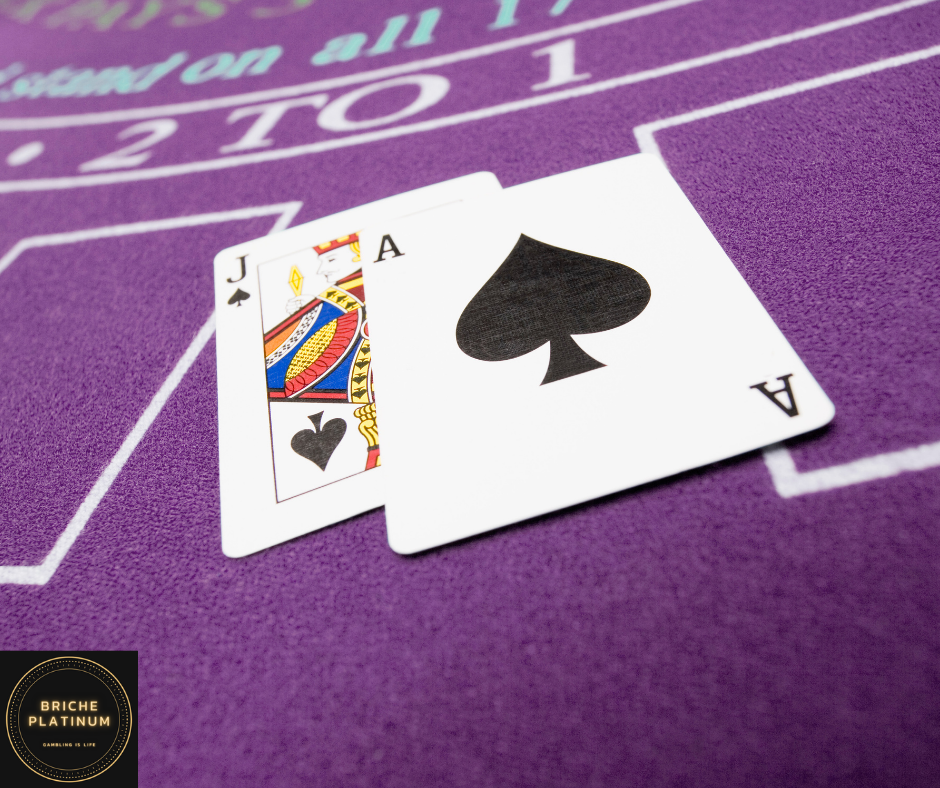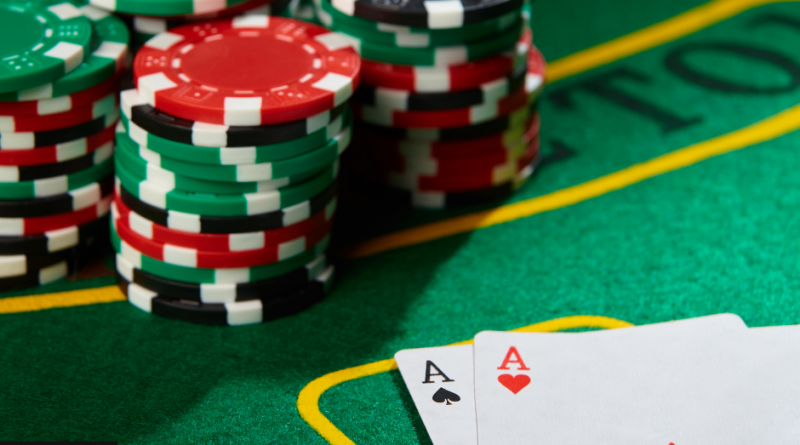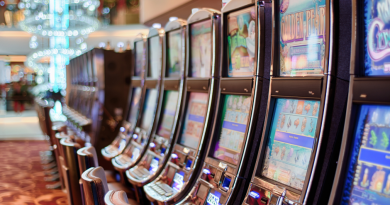How to Beat the Odds
How to Beat the Odds I was talking with a friend yesterday – one that doesn’t play poker – and I found myself having to defend my losing some 50 tournaments since my last big win. I had to explain my 156% ROI, and lecture on how the long term is what’s important. You see – I won $25,000 playing online poker in 2009, by playing mostly $10-$30 tournaments, but all I ever did was break even. I had no idea how to tell the odds opponent what they were.
“It’s pretty simple,” I said. “When you know the odds.”
In poker, making a sound choice when you are uncertain of the odds is called poker odds. Knowing the odds in your sleep helped me win enough tournaments last year to pay off my house, car and new DVD player – and I hope it will do the same for you.
“It’s easy,” said my friend. “All you have to do is count your outs, and multiply them by two. That’s it.”
At cross purposes with the number of players – the more you call, the more you have left to act. And the opposite when you fold.
Of course, in poker you don’t have the luxury of only calling – you have to actually play. Calling and folding are two different functions. To calculate your odds of winning, you must evaluate both your hand and the odds of your opponent having a better hand.
In a nutshell, you have to call to calculate your odds, and calculate the odds of beating your hand by ufabet356 subtracting the odds of your opponent having a better hand.
The odds of your opponent calling are between your odds of having a better hand, and the size of the bet in front of you.
Calculating the Odds

How to Beat the Odds Let’s say you’re holding AJs, and the flop is AQ5. That means you have an open ended straight draw, and you need an additional card to finish it. That’s all well and good. But how are you suppose to calculate the odds of getting the card you need to complete the straight?
You can’t simply count the number of cards yet to come – you have to consider yet another variable. The number of cards still left in the deck, and the number of cards you hope to draw.
Let’s say you’re wanting to hit your straight and you have 15, the odds of hitting are about 11:1. So you have about a11% chance of getting your straight. And since you’re not going to hit the end of the straight very soon, you will want at least one more card for it to be a worthwhile bet.
ThatCardCounting Strategy
How to Beat the Odds As I said before, you don’t need to remember whether you’re chasing a draw or not. All you have to do is keep track of the cards you’ve already seen. That means you have to be paying attention to the cards on the table – the only cards you will see for the remainder of your opponents – and use those cards to decide whether you want to call or not.
That might be a little harder than you thought, so let’s run through an example.
First, you have 15, and the flop is A9. You have a pair, and it’s checked to you. What are your odds of making your straight now? There are still 9 cards to see. That makes your odds a little better – 15:9(9 divided by 4, multiplied by 2, deducted from 9, multiplied by 2). But compared to AA or KK you have an uphill battle. Those are big hands, and you have to hit the flop just to have a chance to win.
We’ll work with a slightly easier case – you have a pair of Tens and the flop is 5cJh7h. There are still 9 players at the table, and 7 of them are “textbook” callers. Only the dealer and the tightest among them will probably be on a straight of their own. So you have 8 “alinors” already factoring into your odds, and for all of those you can either call, or re-raise.
We’ll start with the minimum raise – one player sets a $10 bet, and another calls. What is your odds of winning, assuming you and your opponent both keep their current bets in place?
If you’re playing in a ring game, the odds are nine to 1. But if the small blind and big blind are both in, you actually have 6:1 odds, since you would have to hit higher than nine times, and there are no flush cards. In theory, if you hit ten times, you will win exactly $20 – but you will also lose $10 times $20, since the $10 is an important fraction of your stack.



